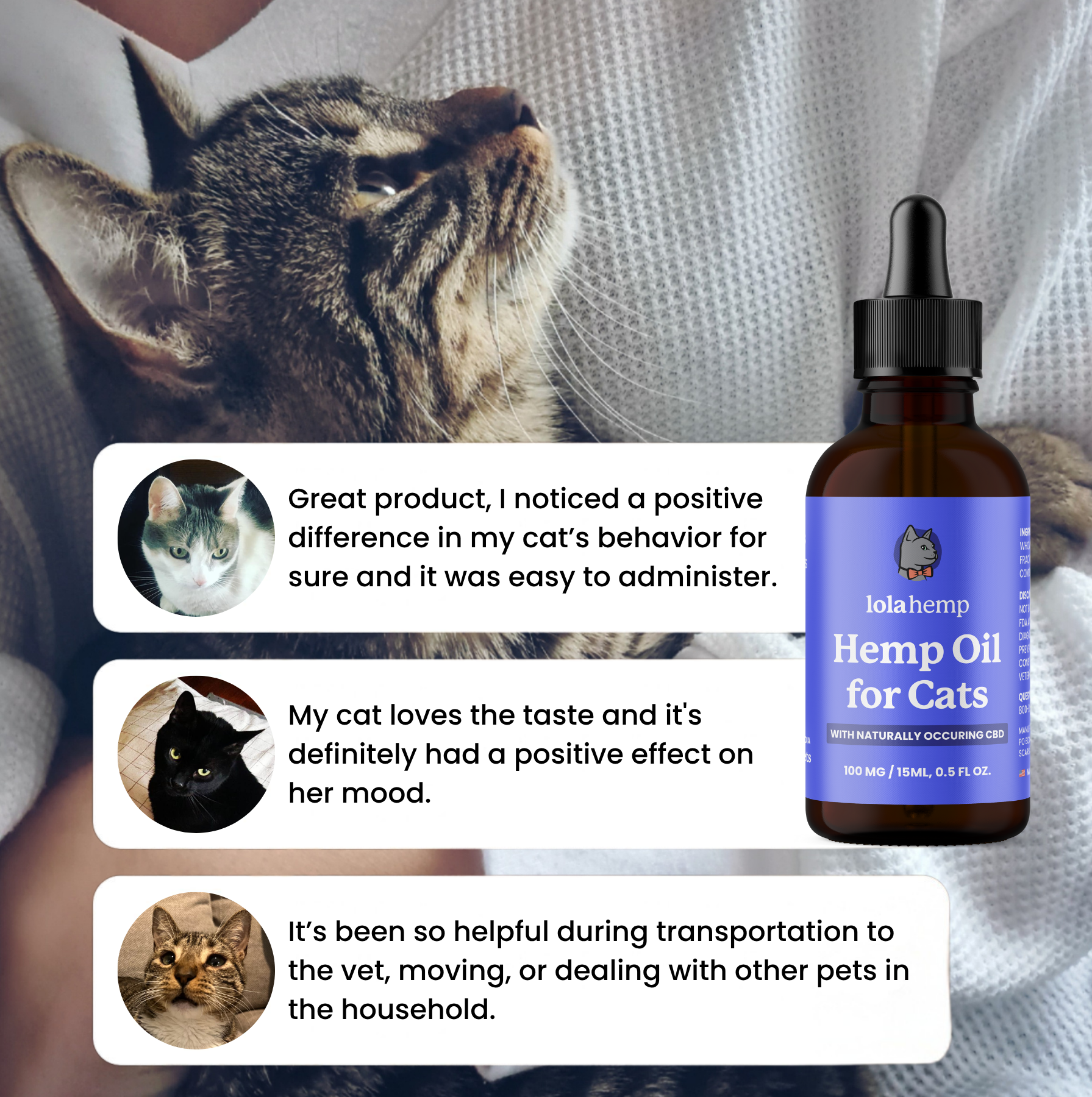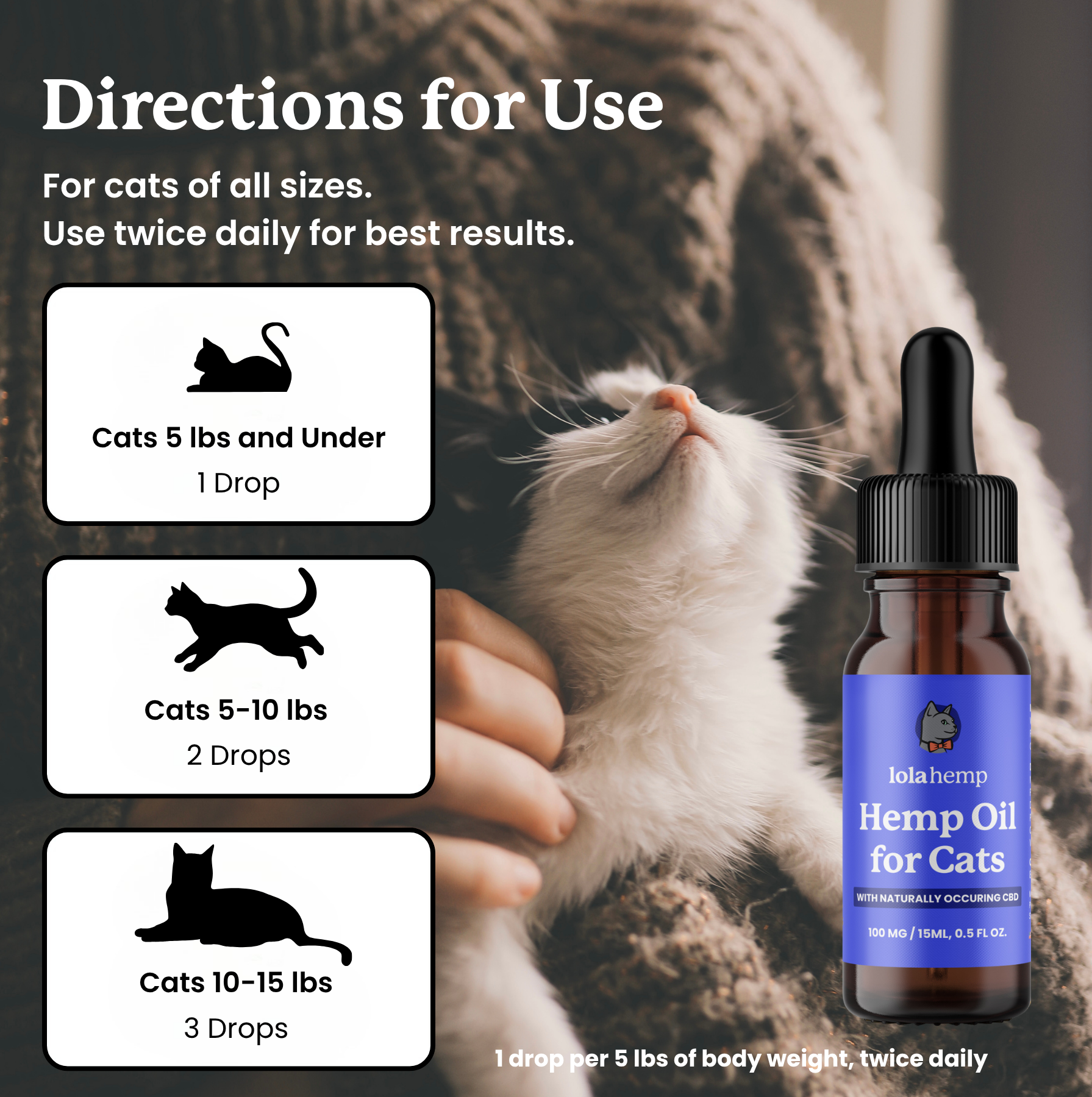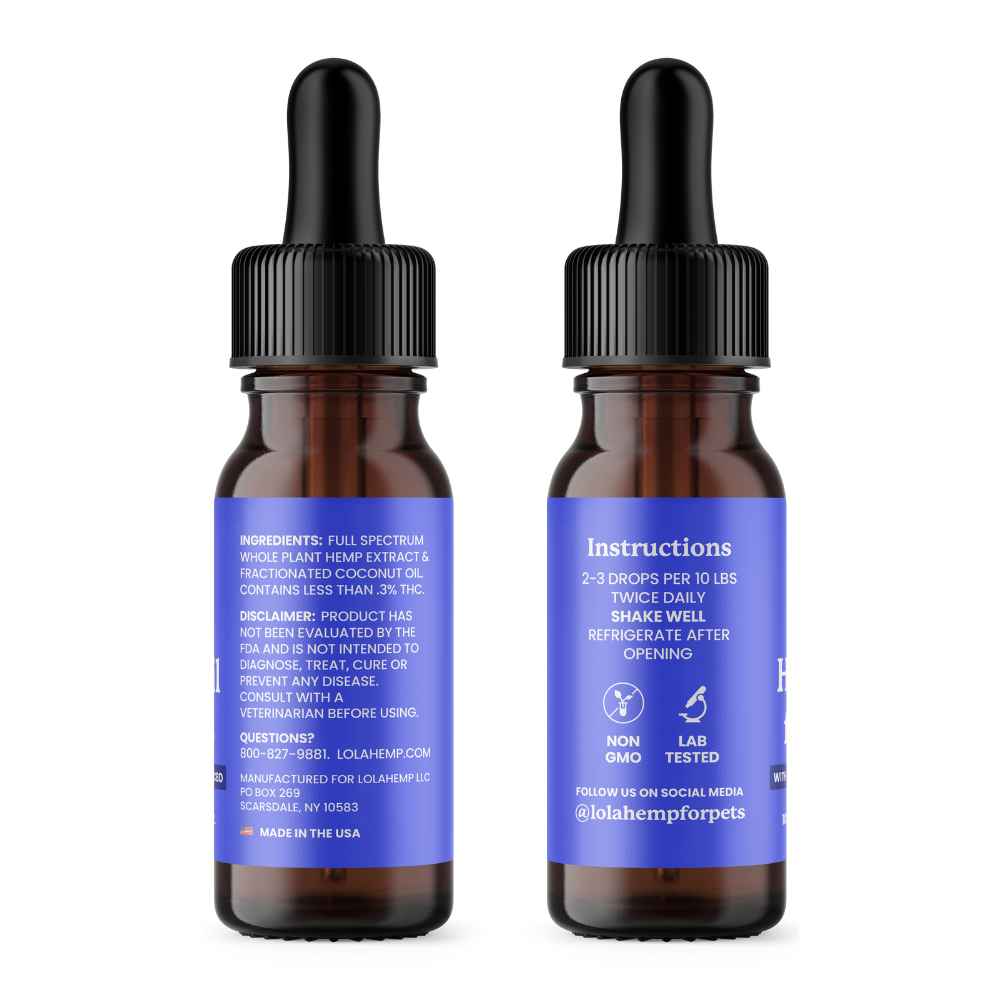As a pet parent, seeing your feline friend undergo discomfort due to chronic seizures is upsetting. Thinking that your kitty may suffer these chronic pains for the rest of their life is even more depressing.
While there is no cure for seizures, CBD oil has been FDA-approved for use in humans with seizures. This is due to its influence on the endocannabinoid system, something that cats also have.
There isn't sufficient research to say that CBD oil definitely helps epilepsy in cats, but early research and anecdotal evidence are promising. This article discusses the potential that feline CBD has to support your cat with seizures.
Can CBD Really Help with Feline Seizures?
Studies have not yet found a cure for your cat’s seizures. However, you can use CBD oil to provide support when your cat experiences seizures. Studies show that using CBD for cats may affect how often your cat experiences seizures, but these results primarily refer to CBD oil's effects on dogs and humans.
Based on the results from clinical trials of a recently concluded study, CBD can reduce the frequency of seizures. One CBD drug has been FDA-approved to reduce seizures in humans, and similar results have been researched in dogs.

How Do You Give CBD Oil to Cats with Seizures?
Be sure to discuss the use of CBD oil with your veterinarian before giving it to your cat, particularly if they're already on medications. Some medications and CBD can interact in ways that hinder the efficacy of both, or could potentially even cause health issues.
Dosage & Use Guidelines:
Make sure to follow dosing guidelines given to you by your vet and the pet CBD oil manufacturer. CBD is most effective with regular use, allowing the concentrations to build up in the bloodstream. CBD isn't something you give to your cat in advance of a seizure or during a seizure.
Rather, it's something to use on a regular basis if your veterinarian approves of it, and there's a chance that your cat could see a desired reduction in the severity and frequency of seizures, although this is not guaranteed at all.
- The best way to give your cat CBD oil is to drop it directly into their mouth or rub the appropriate dosage into their gums if they allow you to. This is most effective because your cat's mucous membranes in the mouth have the highest concentration of blood vessels to absorb the dosage.
- Dropping cbd onto your cat's wet or dry food is the second best option. Eating and digesting CBD contributes to lower bioavailability, making it likely that you would increase, or even double the dosage with this method because less CBD will be absorbed.
- Continue giving your cat a twice-daily dosage of 1 mg per ten pounds of body weight twice daily (or 2 mg if you're dropping it onto food or treats), and make note of your cat's seizure frequency.
Again, note that CBD isn't guaranteed to reduce or impact seizure frequency in cats. It has the potential to do so, but all cats are different and may experience different results.
Conclusion
In summary, CBD oil should be discussed with your veterinarian as an option to support your cat's seizures. It has not been approved to treat seizures in cats, but anecdotal evidence and reports from pet owners suggest that it could be helpful.
If you have more questions, give your veterinarian a call. If you're ready to shop for CBD oil for your cat, Lolahemp has a variety of options that could support your feline friend.
Frequently Asked Questions About CBD for Seizures in Cats
Is CBD safe for cats with seizures?
Cats generally tolerate CBD well, but safety varies by individual. It should only be used under veterinary supervision, especially if your cat takes other medications.
How long does it take for CBD to affect seizure frequency in cats?
Some pet owners report changes within weeks, but timelines vary widely. Research is still limited and results cannot be guaranteed.
Can CBD be used during a seizure?
No. CBD should not be given during or immediately before a seizure. It is intended for consistent daily use if approved by your veterinarian.
What CBD dosage is typically recommended for cats with seizures?
Many vets suggest around 1 mg per ten pounds of body weight twice daily, though this varies and must be confirmed by your veterinarian.
Can CBD interact with my cat’s current seizure medications?
Yes. CBD may interact with certain medications and alter how they are metabolized, making veterinary guidance essential.









